What happens to the dogs on ‘death row’?
Those who’ve been there when death-row dogs are taken off to be killed say you can smell the fear. They think the dogs can, too, especially if they’re awake to what’s going on and won’t go quietly. WARNING: DISTURBING CONTENT
- Not-so festive season for unwanted pets
- ‘Death row’ angels of dog rescue
- Finding Nemo a home this Christmas
Those who’ve been there when death-row dogs are taken off to be killed say you can smell the fear.
They think the dogs can too, especially if they’re awake to what’s going on and won’t go quietly.
Sometimes they have to be dragged out of their kennels, whimpering or fighting for their last minutes of life.
But just as bad, says one rescuer who works the pounds in Sydney, is when they’ve been sedated and are walking calmly to their deaths.
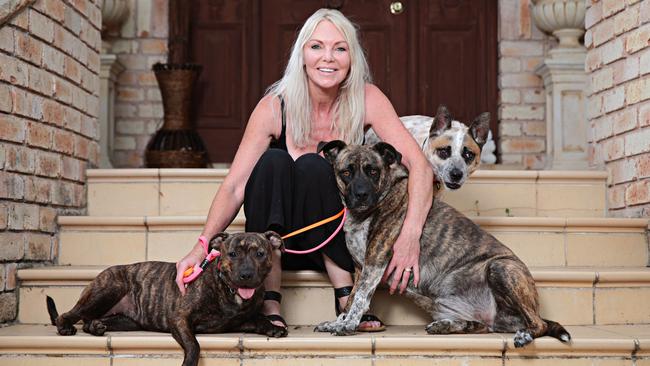
She can’t get the images out of her mind and remains haunted by the wagging tails and the smiles on their faces.
Happy dogs that have been stuck in concrete pens thinking they’re going for a walk.
Well, they are — the little walk down the doggie green mile. Their last walk.
Still, times have changed. More often than not dogs are saved at the 11th hour and leave the pound on a lead now instead of in a plastic garbage bag.
This is the bittersweet world of pound rescue, where the only thing standing between life and death might be the intervention of a “poundie” organising a last-minute reprieve.
People such as Lisa Younes and Debra Moodie and rescue groups like Rescue Hub, which house and train animals for rehoming.
They belong to a formidable army made up mostly of women whose primary mission is saving lives.
They aren’t activists and they don’t shout from rooftops. In their world, talk is cheap and time of the essence, and actions speak louder than words.
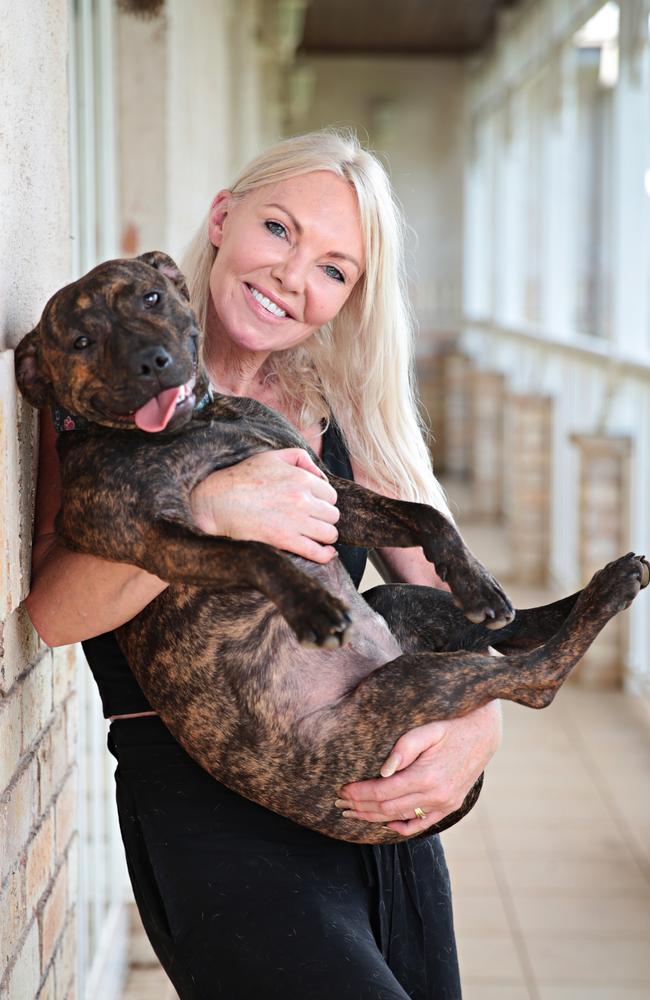
One animal saved, on to the next one.
They’ve had an impact.
Euthanasia numbers, while still high in NSW, are down now from more than 40,000 a few years ago to about 20,000 — largely on the back of the work done by rescue volunteers and changing attitudes that have seen many councils and animal welfare groups respond to community concerns by changing their practices and moving to no- or low-kill policies.
Younes heads up Pound Patrol and a crew of equally passionate volunteers in black T-shirts beating a well-worn path to some of the pounds in Western Sydney.
MORE NEWS:
Did Georgie Gardner help to knife Karl?
Tenants to face rent hike under Labor
What the NRL will do if Cronulla collapse
She builds relationships with staff, checks kill lists, posts pleas on social media with pictures of the animals and begs for permission to remove dogs to rescue facilities or foster carers.
“It’s an emotional rollercoaster but I wouldn’t change it for the world. Knowing they are safe helps me sleep at night,” she says.
Moodie’s operation, meanwhile, spans NSW and Queensland and the ACT.
She has developed a network around the country pounds and operates with a system of pledges to raise cash for the fees required to release animals and transport them to foster carers who prepare them for rehoming.
The money needed to get one dog out of a country pound could run up close to $1000 — sometimes more.
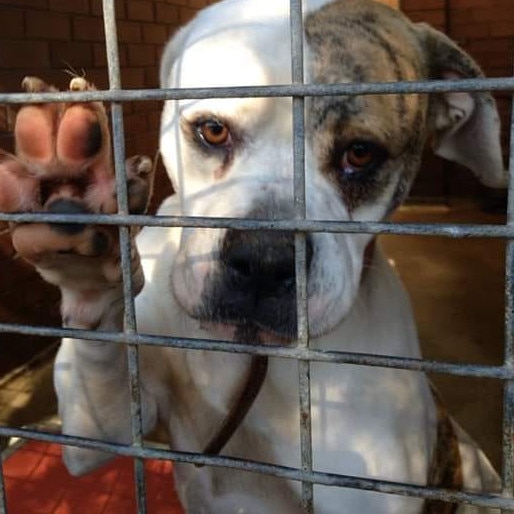
Transporting means people driving vast distances. The reward is a dog’s life.
Moodie is one out of the box. She is also prepared to stand up to a culture of bullying around what she says has been a “killing industry”, where rescuers are penalised if they get too uppity. Of the animals, she says: “They don’t have a voice. We are their voice.”
However, outcomes are not always the best.
Some pounds in western Sydney have only reduced their kill rates by linking up with rescuers. Others don’t even have an official social media presence to advise which dogs are available for adoption.
Again, says pound volunteer Louise Keighran, who’s also been pushing Hawkesbury Council to spend a $100,000 bequest and another $70,000 donation to improve conditions at its pound, that’s been left to rescuers to provide.
“It’s frustrating,” she says.
It was this game of chance that led Camden Council to change its policies.
Last year, the council implemented a no-kill strategy, which has led to an 88 per cent reduction in the rate of euthanasia at its pound.
The decision was led by Cr Lara Symkowiak, the former mayor. Although the change was done for humane reasons, the council has been a leading light in showing others how it can be financially viable — a factor Shannon Maguire, of The Companion Animals Project Inc, says might be the one that will get some councillors over the line.
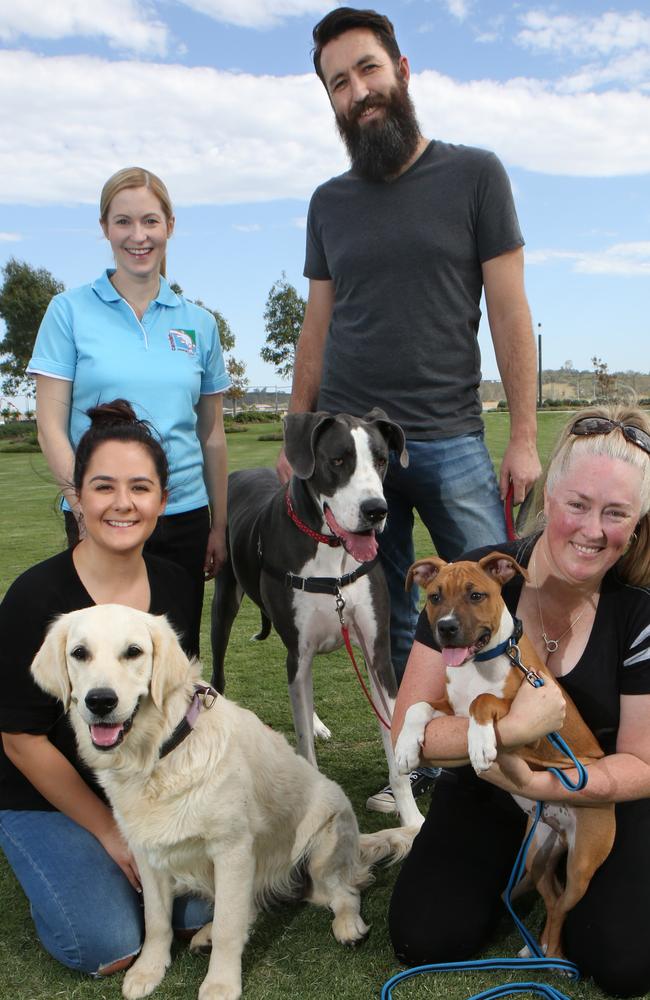
“I know that doesn’t sound good — but that’s the reality, unfortunately.”
Maguire has also been appalled by some practices she says until recently had gone largely unnoticed in the community. These have included dogs at country pounds being shot at the tip, crush cages for cats to stop them moving and “heartstick” killing, which involves painful injections into the heart. (“Google it — it’s awful.”)
Because of how it’s been, she welcomes initiatives such as Camden’s and changes at other councils like Blacktown, which has had bad raps in the past but is in the process of moving to no-kill with a new $30 million facility.
Other concerns she and others have is dogs failing temperament assessment tests in the high-stress pound or shelter environment and not considered rehomable.
For her part, Symkowiak says some of the measures taken to reduce the numbers of animals going into the pound in the first place (which is how ratepayers’ money is saved) have been a godsend.
A key one has been microchipping and the updating of microchip information, which means rangers can easily reunite animals with their owners.
And so far, 77 cats have been desexed at cost.
“We are the fastest growing community in NSW, with between 100 and 250 new residents arriving each week. That means we have to be proactive with programs based around responsible pet ownership. We do showbags that we give to children in schools,” she says, adding the idea is that children will go home and remind mum that Molly’s microchip details might need updating.
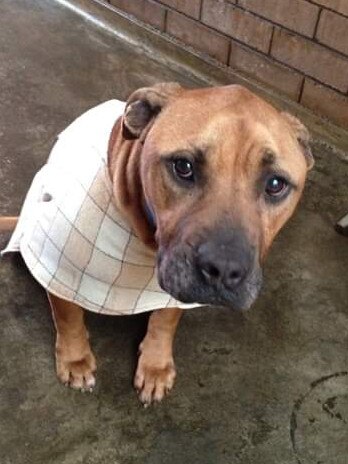
At the other end of the scale are the country pounds, but many are now working for change.
According to official figures compiled by animal advocate Geoff Davidson, Upper Lachlan had euthanasia rates of or approaching 100 per cent for unclaimed animals at its Crookwell facility.
Regulatory and Biosecurity Services manager Warrick Dunstan took over the ranger’s duties last year and decided the figures for 2016-17 were a long way from being best practice.
“We had a look at it and knew we needed to do better,” he says.
The council now works more effectively with rescue groups and appears to have achieved a remarkable turnaround. The latest figures, according to Dunstan, will show that 21 dogs and 1 cat were seized and transferred to the Crookwell facility and 1 cat was put to sleep. Of the dogs, 11 were reunited with their owners and the rest rehomed.
Elsewhere, isolation is a real factor. Lachlan Council has also had near 100 per cent euthanasia rates for unclaimed animals in the past, according to figures.
Ranger Willy Cunningham says the closure of the RSPCA shelter three hours’ drive away in Dubbo became a headache as staff used to take any unclaimed animals thought to be rehomable to the facility there — and a lot of the dogs that find their way to the council facility are big or dangerous hunting dogs that would not be suitable for adoption.
He says: “People have to get that into their heads. It’s different out here.”
He acknowledges he doesn’t work with rescue groups, partly because there is no full-time vet in town to have required desexing work done.
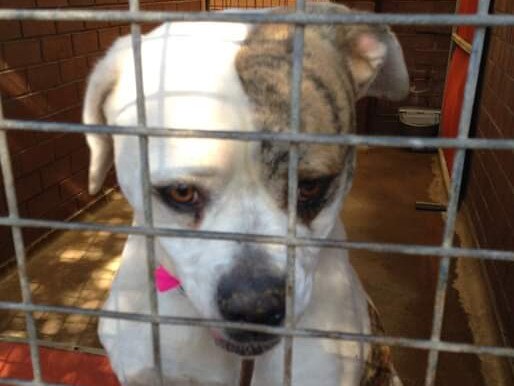
He’s also had death threats as a result of his work but adds in 2016-17, 227 animals were returned to their owners and the total euthanasia figure for dogs and cats was 225.
While there has been a huge discrepancy in how council pounds operate, even the big players don’t get off scot-free.
In 2012, RSPCA NSW had easily the highest percentage compared to its equivalents interstate for euthanasia rates of animals for behavioural reasons after reclaims. The figure was up around 36 per cent. It fell slightly and plateaued at 32 per cent in 2013 and 2014.
Since then, however, it’s down markedly and the 2017 figure stood at 21.5 per cent. SA now has the highest rate after a dramatic climb.
Executive manager Brendon Neilly says the organisation recognised it was out of step with community attitudes. It has instituted a range of new procedures that include constant interaction between staff and animals, more work with rescues and interventions during surrenders.
Neilly says respite for 24 hours can often be the difference between an animal staying home or entering a shelter.
Meanwhile, despite the overall improvement in kill rates across the board, Geoff Davidson says temperament assessment testing of dogs remains a key factor.
He says: “If you run behavioural testing in the pound or shelter looking for reasons to kill, you’ll normally find one.”
Then there’s the vague wording of the Companion Animals Act. Section 64(5) states: “Before destroying a seized or surrendered animal as authorised by subsection (1), it is the duty of the council concerned to consider whether there is an alternative action to that of destroying the animal and (if practicable) to adopt any such alternative.”
The words “if practicable” pose the obvious question: what exactly is it that constitutes the meaning of “if practicable”? A: No one really knows.


